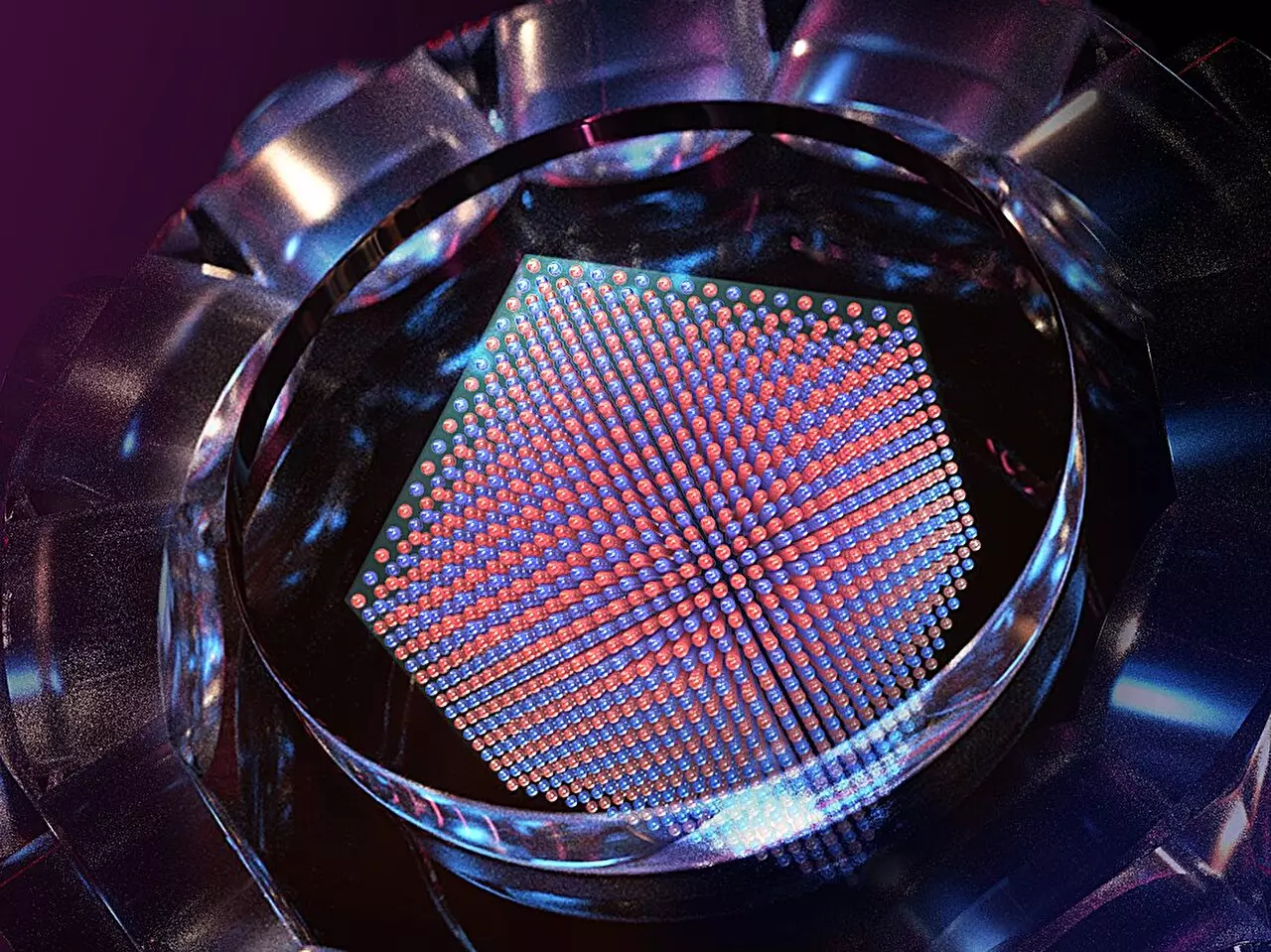Recent advances in quantum simulation have taken a quantum leap forward, unlocking doors to new realms of scientific inquiry and potential applications in technology and materials science. A groundbreaking study published in Nature showcases an extraordinary achievement by a team of researchers from the University of Science and Technology of China (USTC), led by esteemed scholars Prof. Pan Jianwei, Prof. Chen Yuao, and Prof. Yao Xingcan. For the first time, the antiferromagnetic phase transition in the fermionic Hubbard model (FHM) has been observed within a sophisticated quantum simulator. This achievement is not merely a testament to technological prowess; it stands as a pivotal milestone in our quest to decipher the enigmatic mechanisms behind high-temperature superconductivity.
The Quest for Understanding High-Temperature Superconductors
Superconductors, particularly high-temperature varieties, hold promise for transformative technologies, from lossless electrical grids to advancements in quantum computing. However, the underlying physics of these materials remains elusive. The FHM serves as an essential framework to explore electron behavior in lattices, revealing deep connections to the phenomena observed in strongly correlated quantum materials. Yet, the complexity inherent in studying FHM, especially in two and three-dimensional contexts, presents formidable challenges. Traditional computational techniques falter against the vast parameter spaces, making it clear that innovative approaches are necessary to push the boundaries of our understanding.
Quantum Simulation: A New Hope
The research team’s approach harnesses the power of quantum simulation—a technique that employs ultracold fermionic atoms to replicate the conditions of the FHM. This method is particularly promising because it can provide insights that classical computations struggle to achieve. Indeed, the researchers undertook the arduous task of achieving a low-temperature phase state while navigating the tricky landscape defined by Néel temperature, the hallmark of the antiferromagnetic phase transition. By successfully demonstrating a large-scale simulator equipped with approximately 800,000 lattice sites, they not only eclipsed the capabilities of previous experiments but also laid a robust foundation for future explorations into quantum magnetism.
Innovative Solutions to Age-Old Problems
Central to the team’s success was their innovative design, which combined a homogeneous Fermi gas with a flat-top optical lattice—an advancement that mitigated the issues of cooling fermionic atoms and inhomogeneities that marred prior attempts. This strategic integration allowed them to effectively tune critical parameters, achieving unprecedented precision in their experimental conditions. The resulting observations—most notably, the power-law divergence of spin structure factors—have led to the confirmation of a vital theoretical framework: the Heisenberg universality class. Such findings are not only crucial for the deeper understanding of quantum magnetism but also shine a light on the complex relationships between temperature, interaction strength, and particle occupancy, which are fundamental to the study of superconductivity.
Impact on Future Research and Applications
The implications of this research extend far beyond the academic sphere. With a clearer understanding of the FHM and its intrinsic connections to high-temperature superconductors, the groundwork is laid for significant advancements in material science and condensed matter physics. The team’s ability to navigate and manipulate quantum states might lead to the development of new materials that could revolutionize technology by enhancing energy efficiency, enabling faster processing speeds, and even paving the way for quantum computers that could exceed the capabilities of conventional systems.
In a landscape where scientific exploration often stagnates due to computational limitations, we are witnessing a paradigm shift. As evidenced by the experimental outcomes that surpass classical computing capabilities, the promise of quantum simulation is beginning to materialize as a tool for unraveling the complexities of quantum systems. As researchers continue to grapple with the challenges of strongly correlated materials, the success of the USTC team serves as an inspiring beacon of what is achievable in this exciting field. The journey toward unlocking the mysteries of superconductivity remains fraught with challenges, yet this research heralds a new era of potential discoveries that could redefine our approach to technology and science.

